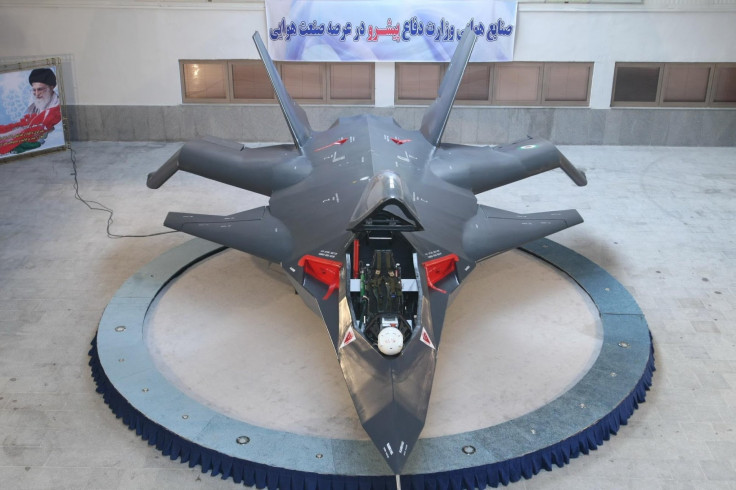Iran Unveils Domestic ‘Stealth' Fighter Qaher F-313; Monkey Mission To Space Comes Under Scanner

Iran unveiled a new home-made combat aircraft Saturday, which military officials say can evade radar.
The single-seat Qaher F-313, or Conqueror-313, is the latest design produced by the Islamic Republic, which began developing its own military equipment in the 1980s due to a Western embargo on military technology and equipment.
Addressing a ceremony to unveil the new aircraft, which coincided with the 34th anniversary of the 1979 Iranian Revolution that overthrew U.S.-backed Shah Mohammad Reza Pahlavi, President Mahmoud Ahmadinejad said Iran’s armed forces are not meant for “expansionism and aggression against other countries” and are “deterrent” by nature, Iran's state-run Press TV reported.
Defense Minister Ahmad Vahidi said Saturday that the aircraft had a “very low radar cross section” and was capable of operating at low altitudes, Press TV report stated.
He added that the aircraft was capable of carrying advanced armaments and could take off and land on short runways.
Press TV said the Qaher was similar to the U.S.-made F/A-18, an advanced fighter introduced in the 1980s and capable of carrying out reconnaissance and strike missions, as well as air-to-air combat, by day or night and in all weather conditions.
Those claims are impossible to verify independently, and the model unveiled on Saturday -- which looks like a copy of the U.S. F-22 -- might have been an unflyable mock-up without engines. No country other than the United States has ever fielded an operational stealthy airplane.
Monkey Mission To Space Comes Under Scrutiny
Earlier this week, Iran claimed to have sent a monkey into space in a Pishgam rocket and retrieved it alive after it reached an altitude of some 120km (75 miles) for a sub-orbital flight.
But reports later emerged spotting discrepancies in the official narrative and photographs of the monkey’s space journey released by Iran’s state news agency.
The monkey strapped to a harness before the space flight had light-colored fur and a red mole over its right eye, while the monkey displayed after the flight in a miniature tuxedo was dark-colored and unblemished.
“It looks like a very different monkey, the nose, the features, everything is different,” Yariv Bash, founder and chief executive officer of Israeli space non-profit organization Space Israel, told the Telegraph Friday.
Some observers concluded that either the original animal died in the space, or that the launch never took place.
© Copyright IBTimes 2024. All rights reserved.






















